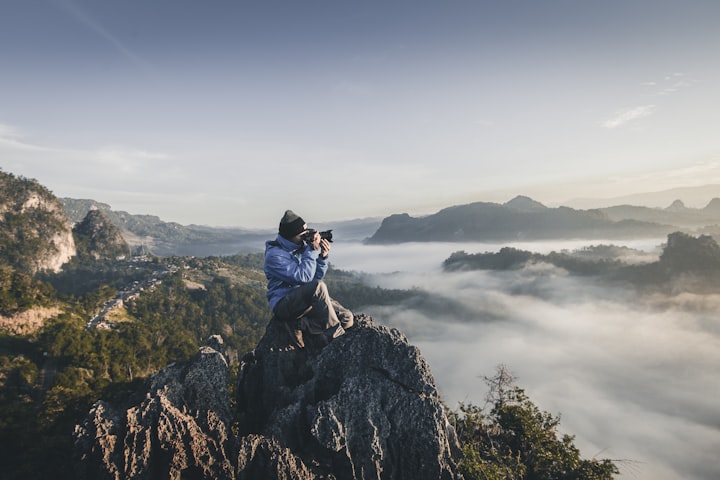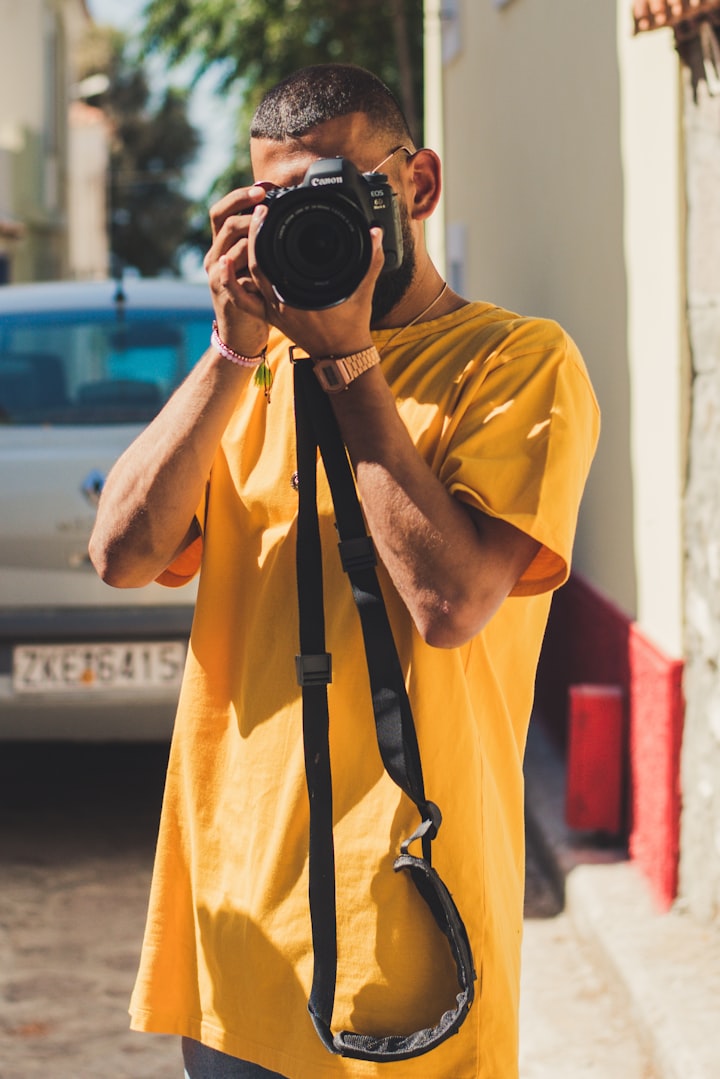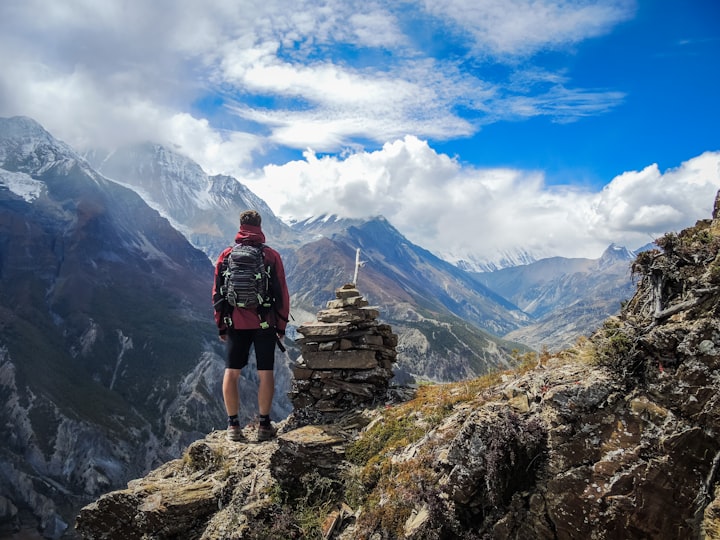DIY Guide to Taking Beautiful Product Photography Shots
Taking beautiful product photography shots shouldn't mean that you have to have a degree in photography. This guide will help you master that skill.

If you're looking to make money off of professional photography, then you've got your work cut out for you. It's harder than ever to make a living as a professional photographer, primarily because anyone with an iPhone has the equipment necessary to make great shots.
However, as easy as it is to use iPhone photography tips and Photoshop hacks for beginners, it can take a lot more skill to actually be a good enough photographer to make business contacts happen.
That being said, one of the easiest ways to make money is via taking beautiful product photography shots for companies. It's easy as pie, and with this guide, you'll be able to do it in a pinch.
The first thing you're going to need to do is get a high-quality camera, and then grab a high-quality tripod to keep the camera still. A good DSLR or mirrorless camera are a a good places to start. However, if you're short on change, a tripod with an iPhone camera will suffice.
Taking beautiful product photography shots can't happen without the right gear. This is just common knowledge.
You might also do well with a lighting setup, however, that's not always necessary. Good natural lighting plus a white paper card or a white paper sweep that can be propped up will work as a backdrop in most cases—since most companies prefer to have products on a white background, anyway
You're also going to need bounce cards.
Bounce cards are pieces of white foam that will help bounce back light. Since you will be shooting on a white background, light will likely cause a shadow if doesn't reflect correctly. This is not good if you're into taking beautiful product photography shots, since it looks amateurish.
One or two foam boards will be enough to act as de facto reflectors. These work well with both white backgrounds and colorful backgrounds, since they fill imperfections with light.
The Foldio2 is a specialized mini-studio folding box that has reflectors built in, and is specifically designed for taking beautiful product photography shots of small items. This is a good go-to for beginner photographers who want to avoid having too much hassle when they're doing set up.

Now, you're going to need to set up your shoot space.
If you have a Foldio2, then you just have to pop open the studio and aim a light there—or even just use natural lighting. That being said, if you want to use older-school methods and gear, you're going to need to work on your set up. You will need to place the product on the spread or on the curved cardboard sheet.
Photographers who have to shoot food get a lot more leeway with shooting space. Try to create a space with a nice table, soft (but bright) lighting. A slightly neutral-colored tablecloth or cutting board with a white plate tends to help bring out the colors of food nicely.
Take note of the light source and where it comes from. You want to be as close to the window as possible, ideally at a 90-degree angle from the position, you'll be shooting from. Then, use the bounce boards to reflect the light from the light source. This reduces the amount of shadowing you'll deal with.
Make sure that any light that you're not using is shut off. This could damage the set and contaminate the lighting. This, in turn, can cause extra shadows or an overall grimy-looking photo.
Try to avoid direct sunlight—under all circumstances.
Soft lighting with minimal shadows is what you want to aim for, if you're looking at taking beautiful product photography shots that people will want to buy. Direct sunlight won't do this; it's too harsh.
If you have a client who's okay with something other than a white background, or if you're doing work for a restaurant, the direct sunlight rule will still apply.
Pose your products.

Regardless of whether or not you're going for a white background or a specialized layout, you will need to pose your products. You want to create a look that is visually appealing, lays out all the goods that will be sold as an item, and also keeps things looking orderly.
In a lot of cases, composition is the key to taking beautiful product photography shots like a pro. Try to make sure that the compositions you get will offer up detailed shots that show all the little bits, especially when it comes to food.
Your camera setup will be crucial to taking beautiful product photography shots, too. To start off, it's always better to shoot in RAW than JPEG. If you don't have RAW, make sure that it's set up to the largest JPEG reading that you have available.
Next, set the quality level to Superfine. This gives you the most detailed, crisp images out there. Lower quality shots will often look a bit grainy and will be hard to edit.
Your ISO setting should be low—100, ideally, in most situations. (This can vary depending on how you shoot, but low ISO is better.) You also will want to set your camera to Manual Exposure, if you can. If you're not good with manual settings, AF is fine as is Aperture Priority.
Don't be afraid to zoom in. It'll get a larger, fuller shot.

Use a tripod to keep your camera still, and snap a couple of shots.
By now you have everything set up in a way that makes taking beautiful product photography shots easy. Take a shot or two, and take a look at the viewfinder to get a better idea of what has to be adjusted.
This is where one of the benefits of mirrorless cameras lands. Mirrorless cameras give you a better idea of what a finished product will look like. Even if you have a DSLR or an iPhone, you should take a look at how your shots look.
Readjust as you see fit.
Try as you might, taking beautiful product photography shots will never look quite as good untouched than when they're touched up. Get a good set of software, such as Photoshop, and start touching up the products.
If you really want to get a good kit that offers minimal skills necessary, we suggest Adobe Photoshop Elements. Most of the upgrades are automated, which make it easy for newbies who aren't looking to learn too many Photoshop hacks.
Important things to remember include to add a filter that minimizes shadows and flaws, and to clean up any issues that could take away from a good shot—such as glare. Color correction is key.

Finally, make sure you practice.
Learning the art of taking beautiful product photography shots isn't easy. Though we can give you the basics, every photographer out there should keep practicing in order to get better than ever before. Otherwise, what good is all that gear you got?
About the Creator
Iggy Paulsen
Iggy Paulsen is a fan of anything and everything wholesome. He loves his two dogs, hiking in the woods, traveling to Aruba, building DIY projects that better humanity, and listening to motivational speakers. He hopes to eventually become a motivational speaker himself.






Comments
There are no comments for this story
Be the first to respond and start the conversation.